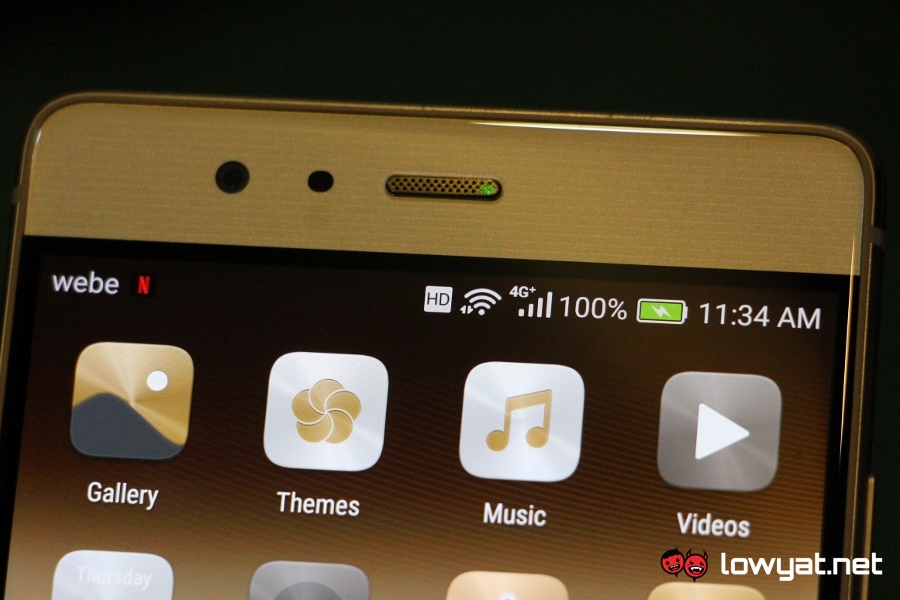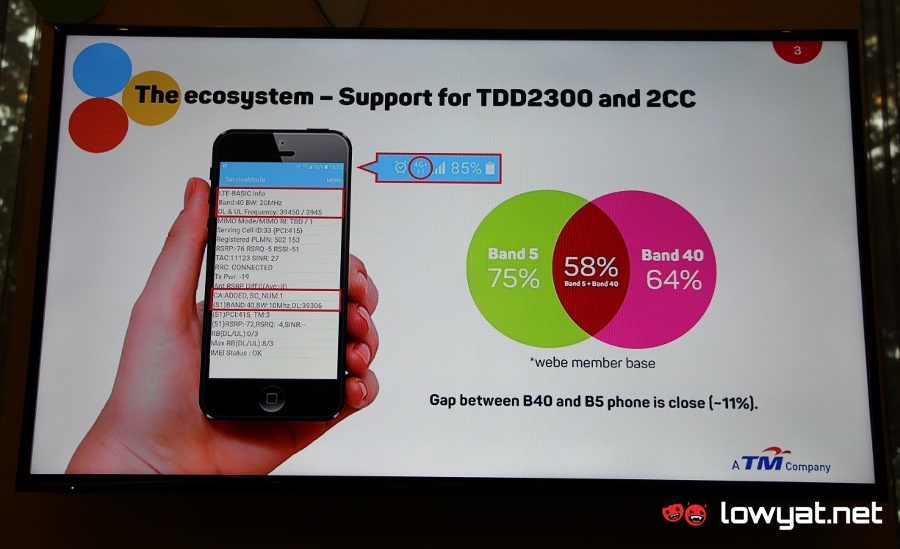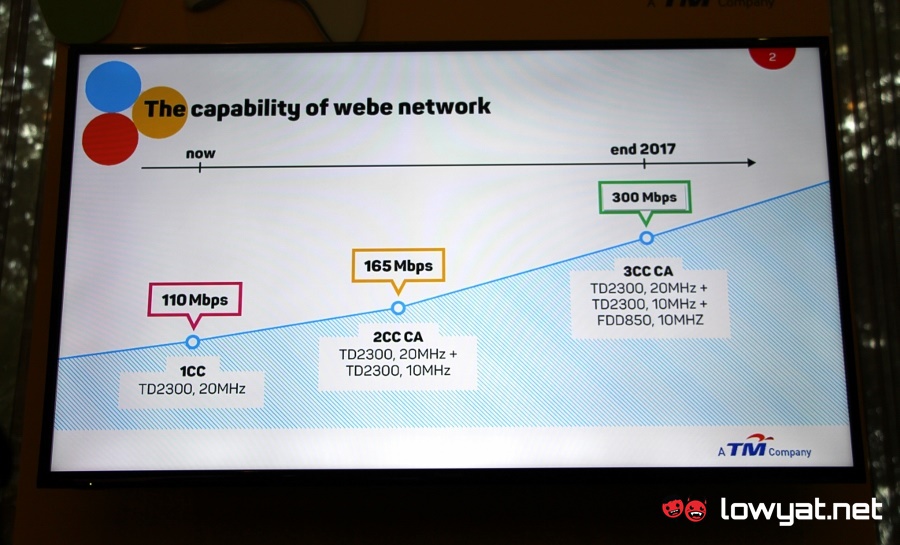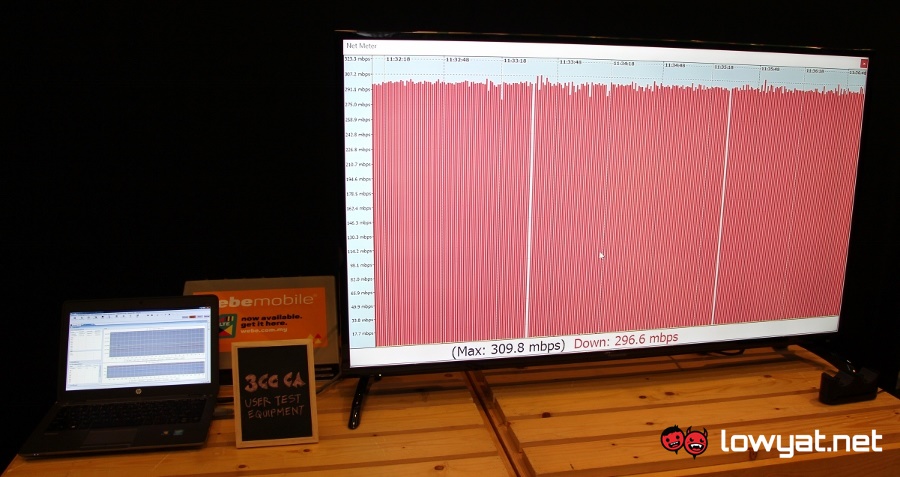From our previous reports, you might already aware that the telco has choose to utilize 850 MHz frequency band for its FDD-LTE network. This allows them to have a rather wide LTE footprint but lacking in term of speed when compared to other telcos. That might change in 2017 though as Webe is already working to boost the capability of its network.
In a media briefing yesterday, the telco has stated that it is aiming to enable maximum theoretical download speed of 300Mbps on its network by the end of 2017. With the help of its equipment partners such as Huawei and ZTE, this capability will be made possible through a method called 3 Component Carriers Carrier Aggregation (3CC CA) which combined three LTE radio channels into a single aggregated data pipe to increase the throughput to users.

The deployment will involve the combination of two different 2300MHz TDD-LTE channels together with its existing 850MHz FDD-LTE channel. However, this is going to be done in stages though – starting with the first 2300MHz TDD-LTE channel which is already being deployed and theoretically can deliver maximum download speed of 110 Mbps.
It will be then followed by the second 2300MHz TDD-LTE channel in Q1 2017 and through 2CC CA method, Webe’s network will then able to deliver download speed of up to 165Mbps. Once this take place, Webe’s customers with smartphones that support carrier aggregation (some referred to it as LTE-A) will start to see 4G+ indicator on their devices as well as improved Internet speed.

For starters, Webe’s Chief Technology Officer, Shurish Subbramaniam stated that the improvement efforts will take place in Klang Valley, Penang, Johor Bharu, Kota Kinabalu, and Kuching. Of course, the telco’s customers will continue be served by Celcom (up to HSPA+ standard whenever possible) if their devices not able to reach Webe’s native TDD-LTE or FDD-LTE network.
Meanwhile, choosing TDD-LTE to provide higher speed to customers might seems to be counter-productive to Webe given how FDD-LTE is the most dominant LTE standard in Malaysia. However, Shurish pointed out that substantial amount of Webe customers already using smartphones that are able to support 2300MHz TDD-LTE which is why the telco is not so concerned about the standard’s adoption.

Nevertheless, it seems that rapid expansion and improvement is the strategy that Webe has choose in order to bridge the gap between the telco and other, much more experienced players in the market. If the telco is able to deliver all the upgrades that it has stated above, 2017 should be an interesting year for Webe then.
Follow us on Instagram, Facebook, Twitter or Telegram for more updates and breaking news.




